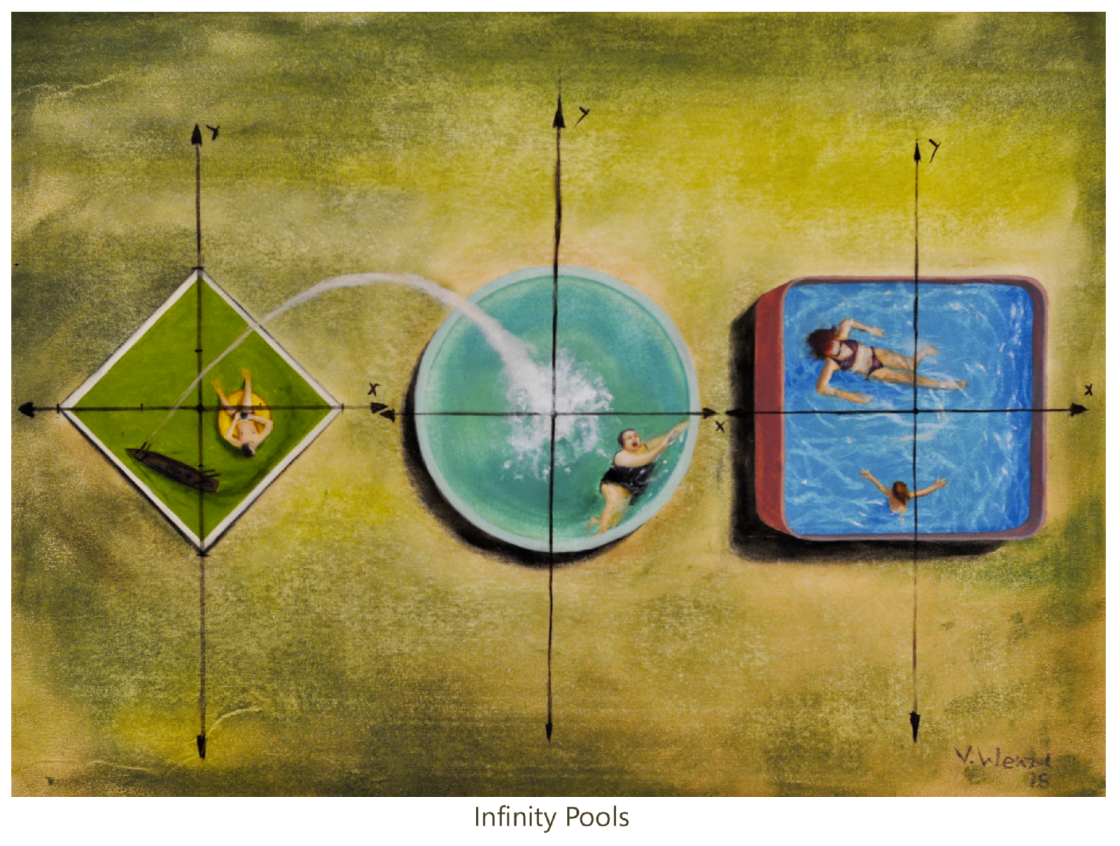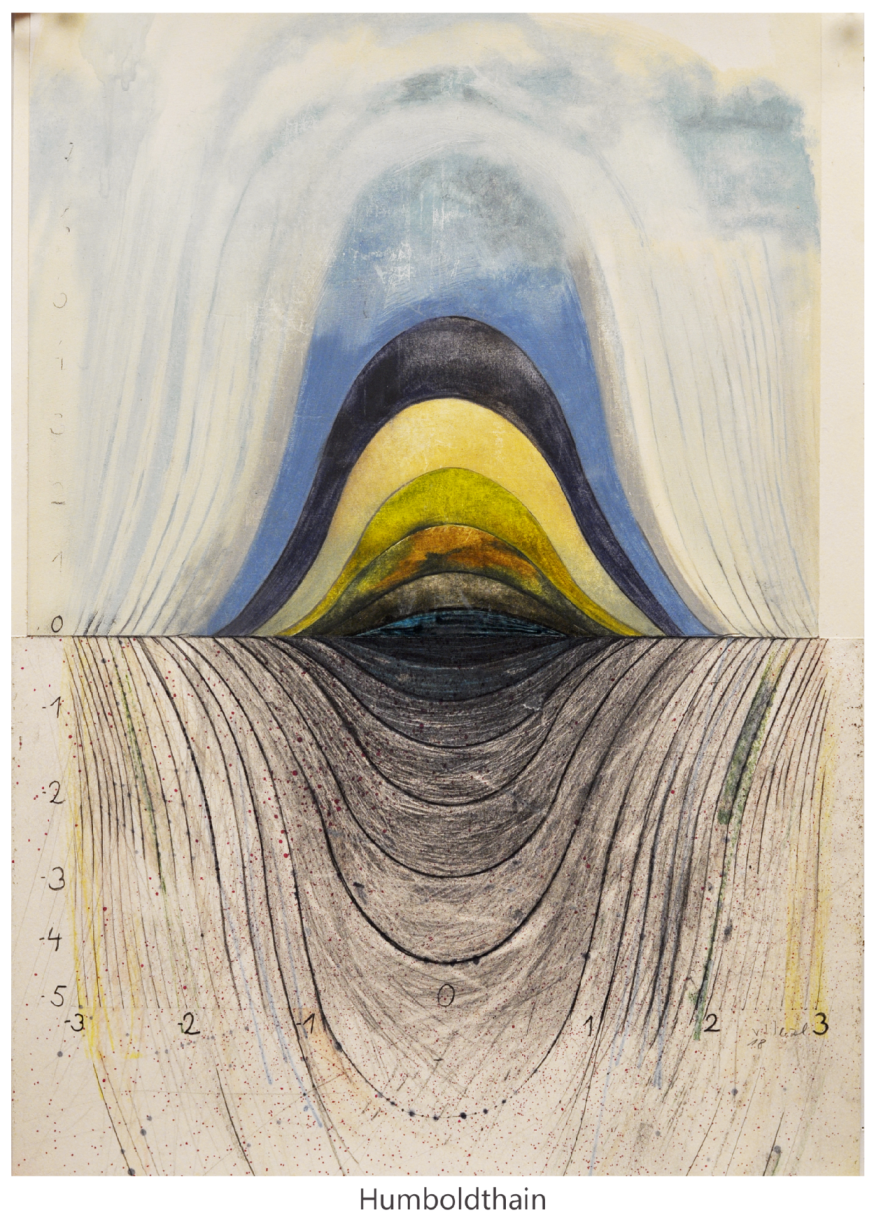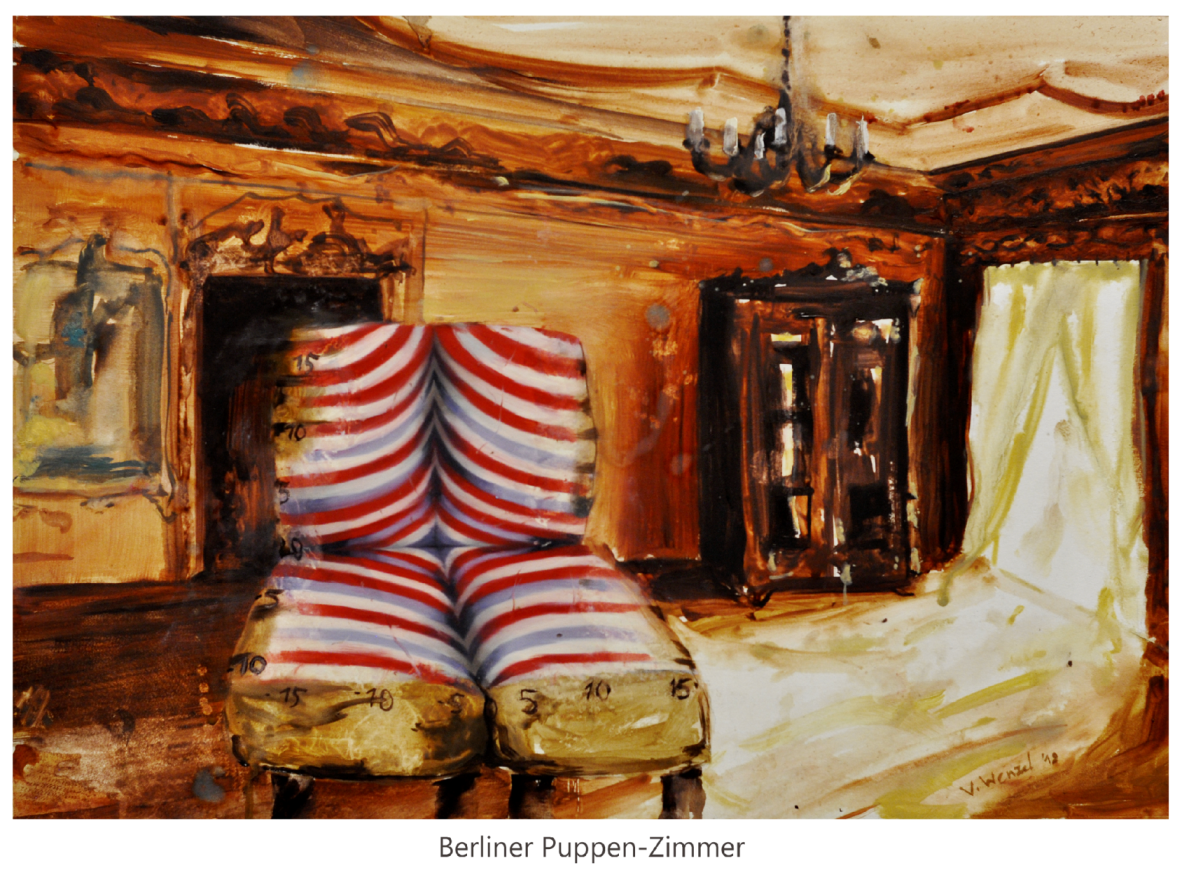1. Introduction
The development of sciences is closely connected with the identification of new structures in reality and the construction of corresponding new mathematical models. The type of mathematical models dealt with here is that of generalized circles changing shape along with changing a generalized radius variable. Generally spoken, the theory of circle numbers and belongs to the research area of so-called non-Euclidean geometry. More specifically it may be identified being part of Minkowski geometry which should, however, carefully be distinguished from Minkowskian geometry playing itself a basic role in physics of the four-dimensional space-time model.
The circumference-to-diameter ratio of circles in a two-dimensional norm space was studied for the particular class of
-norms in [
1] and for the general case in [
2]. The closely related ratio of the length of the unit circle to the area of the circle disc on Minkowski planes was studied in [
3]. For a basic introduction to Minkowski geometry we refer to [
4]. More details on various approaches to generalizing the famous circle number
, as well as extensions to dimension three, can be found in the recent paper [
5] and the references given there.
While there is a certain preference in systematic Minkowski geometry to measure geometric objects on the basis of the space’s own norm, the present approach is based upon using another norm being called within a more general framework a dual norm.
It is well known that, for all n, the perimeter of a unit circle can be estimated above and below by the lengths of the smallest outer and biggest inner regular polygons having n vertices, respectively. Both sequences are converging toward two times the famous circle number as n is approaching infinity.
Similarly, for
, let a regular polygon
be defined by its vertices
and denote the circumscribed polygonal disc
. One may consider
to be a generalized circle. The functional
defined by
is called the Minkowski functional of
. Because
we call
r the polygonal radius of
. With a suitable definition of the
-generalized arc-length of
,
it is proved in [
6] that the ratios
and
do not depend on
and are equal where
is the area content of
. The number
is called the polygonal circle number. Clearly, as
It may sound surprising that circle numbers are around us, but people know from their maths at least that circles
with radius
r and diameter
d have circumference
and area content
. What most people are not aware of is that beyond Euclidean and polygonal circles there are really many different types of circles each of them having an own circle number. Let us call, e.g., the set of points
from the plane which satisfy the equation
the
p-circle with
p-radius
r, and denote it
. For
see
Figure 1, for other values of
p see
Figure 2. Commonly, the function
is called the
-norm if
The reader who remembers the definition of what is called a circle at school might ask why we can call
and
a circle, here. The answer to this question is that in mathematics it can reasonably be explained by introducing the Minkowski functional in which sense all points from
or
have the same (generalized) distance from the origin.
Clearly,
is the common and well-known Euclidean circle of radius
r, and
is called the unit
-circle. The
p-circumference
of
, with
being the common notion of circumference, and the area content
of the
-circle disc
circumscribed by
can be proved to have for all
the properties
is thus called the
-circle number.
To precisely explain the way of defining the
p-circumference of
we would need to slightly modify that limiting process with the help of which our teachers at school approximated a circle by a sequence of polygons having more and more corners located on the circle or only a little bit outside or inside of it, whereby we would have to measure the length of a each polygonal segment in a suitable way. Differently from what is done in systematic Minkowski geometry where the space’s own norm (more generally: Minkowski functional) is used we are using a dual norm (Minkowski functional) for measuring the arc-length of a norm (Minkowski) circle. But, instead of going into those details here, we refer to [
7] and the extensive work of many authors mentioned there and in its references.
Now, notice that ellipses can also be considered from an abstract point of view as (generalized) circles, thus there exist also ellipses numbers. To explain this in more detail, let us imagine we are given the ellipse
of
-ellipse radius
r being the set of points in the plane satisfying the equation
see
Figure 5 where
and
.
Completing a similar limiting process as in case of
-circles, and denoting the
-circumference of
by
and the area content of the
-ellipse disc
circumscribed by
by
, we see that similarly to Equation (
1) the following equations hold for all
The circle number is also called -ellipse number. Note that an -ellipse of radius r becomes a common -circle of radius if .
Without going into the technical details, we recognized so far that different methods of measuring the length of a curve (the circumference of a generalized circle) may result in showing us that different mathematical structures reflect similar properties like the well-known circle number
does. Let us further remark here that the
p-circle and
-ellipse discs
and
, respectively, have the following property of positive homogeneity in common:
Here, is the set of all points from the plane where belongs to K.
We present here for illustration true paintings instead of strong technical or mathematical drawings intending both to stimulate opening heart and senses of the reader for recognizing generalized circles in his real life and to suggest the philosophical challenge of the consequences coming out from the demonstrated non-continuity property. For paintings of Vincent Wenzel see [
8,
9].
2. Materials and Methods
If things of real life or from sciences are changing then often they are doing this continuously in time or in dependence of another parameter, but by far not always. Sometimes there is a qualitative change of property in the limit. The basic object of investigation in this section is such a so-called discontinuity problem.
There are many types of (generalized) circles allowing to define circle numbers for although they do not possess the homogeneity property mentioned in the last section. In high risk theory, where the work in [
10] got much of its motivation from, one may be confronted with the
-circle
of
-radius parameter
r consisting of all points in the plane satisfying
In
Figure 3 and
Figure 4, the
-circle discs
circumscribed by the
-circles
are convex or radially concave, respectively. Varying shape of
for varying values of
r is caused by absence of homogeneity in these figures.
We note that a -circle becomes a p-circle if However, as already mentioned, the -circle discs do not have the property of positive homogeneity. Instead, one can prove that consists of all points from the plane such that belongs to .
It may be astonishing that there exist circle numbers of such sets
, too. If one defines again in a suitable (non-Euclidean) way how to measure length of
one can prove that
holds for certain well defined positive real numbers
with
and all
. Here,
and
denote
-circumference and area content of
and
, respectively.
3. Results
The answer to the question asked in the title of this note is generally ‘no’, meaning, from a more philosophical point of view, that ‘accumulating quantity’ in the limiting process where
is approaching zero results in a ‘jump of quality’. But, there is an exceptional case where the answer to the question in the title is ‘yes’, namely
The proof follows by combining earlier results as in [
7] with those in [
10]. To be specific, we note that one can derive from Equation (
2) in [
7] that
Similarly, Formula (11) in [
10] can be reformulated as
Thus, as if and only if .
Having this result in mind one may ask how useful it is for the applications.
Application To give a very first answer to the question just asked let
be a so-called probability density generating function satisfying the assumption
denotes the corresponding
-spherical probability density then it is known that the constant
allows the representation
denote a Gamma type density generating function. Then
and the resulting density of a corresponding two-dimensional random vector is
In statistical data analysis one is interested in estimating the complete probabilistic model or at least some of its parameters. The accuracy of such estimates depends strongly on the underlying sample size. If the latter appears to be sufficient for detecting parameter deviations of a certain stochastic order of magnitude , say, but is much smaller than then it becomes impossible to statistically distinguish between the models where or , respectively, and the constant may be quite different from . Suitable efforts are needed to be made to overcome this statistical problem. Clearly, other statistical decisions are affected in a similar way.
The reader is invited to jointly with the grouch in
Figure 5 have his own philosophical reflections on the mathematical circumstances presented in this section.










